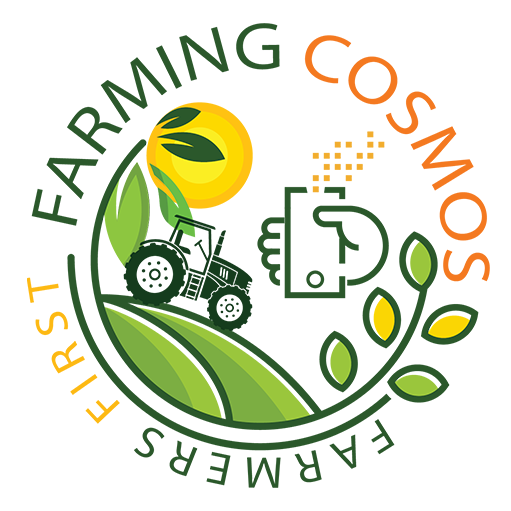The IFS model has been developed to augment incomes of marginal, small farmers
Marginal and small farmers can get net returns of up to Rs 4.95 lakh per hectare (1 hectare=2.5 acres) by adopting the integrated farming system (IFS) model developed by the School of Organic Farming of the Punjab Agricultural University (PAU), Ludhiana. The IFS has been specially developed by PAU for small and marginal farmers after rigorous trials for more than a decade.
An economically viable option, it is an adequate blend of crops, livestock, aquaculture, agro-forestry and agri-horticulture ensuring sustainability, profitability, balanced food availability and employment generation.
Urging the small and marginal farmers to adopt IFS, PAU Vice Chancellor Satbir Singh Gosal said that it will go a long way in enhancing the income and providing balanced nutrition to the family members. Sustained production, cost-effectiveness, meeting diverse requirements of farm households, optimal resource utilization, waste material recycling, sufficient remuneration and livelihood security of resource-deficient farmers are the added bonus, he explained.
The PAU Director of Research Ajmer Singh Dhatt disclosed that the IFS model launched at the research farm of School of Organic Farming, PAU under ‘All India Coordinated Research Project on Integrated Farming Systems (ICAR)’ provides income round the year in addition to meeting the domestic needs (cereals, vegetables, oilseeds, pulses, fruits, milk, etc.).
The combination of crop cultivation, dairy farming, kitchen gardening and other secondary components can be adopted depending on the location. He remarked that specific agri-based enterprises can also be included after acquiring proper training.
Explaining the nitty-gritty of the project, the PAU School of Organic Farming Director Sohan Singh Walia, mentioned that the experiment, which was initiated during kharif 2010, covered an area of 1 hectare under field crops, horticulture, aquaculture, dairy, agroforestry and goatery components.
The kharif crops viz paddy, maize and turmeric were grown on 6,400 square metres area and, in the following rabi and summer season, potato, berseem, wheat, gobhi sarson, onion, pearl millet and spring maize were produced. As horticulture component, guava and citrus plantation was done on around 1,600 sq m area; vegetable crops in inter-row spacing were raised in 1,500 sq m and; 200, 1000 and 300 sq m were used for dairy (cattle and goats), aquaculture and agro-forestry components respectively.
According to Walia, the 1-hectare model developed for marginal and small farmers churned out gross returns of Rs 8,40,114 per hectare against the incurred cost of Rs 3,44,304 per hectare. The net returns by deducting all variable costs were Rs 4,95,810 per hectare which were far higher than the prevailing rice-wheat cropping system.
The data from the study (average of 5 years) indicated that adoption of integrated farming system by inclusion of crop-based enterprises, horticulture, dairy and aquaculture recorded overall average net returns of Rs 4,95,810 per hectare with the contribution by dairy (Rs 2,86,201) followed by crop (Rs 1,25,070), horticulture (Rs 30,156), aquaculture (Rs 24,891), boundary plantation (Rs 19,341), kitchen gardening (Rs 8,048), and agro-forestry (Rs 2,104), Walia said.
Moreover, the total amount of carbon added and sink were 3042.0 CO2-e (kg) and 11319.7 CO2-e (kg), respectively thereby, making IFS model a climate-smart agriculture system with negative greenhouse gas emission measured at -5380.7 CO2-e (kg). Additionally, the said model effectuates 30-45% saving with recycled farm products. It also saves water to the tune of 5.9 kg per cubic metre versus 0.6 kg per cubic metre in rice-wheat cropping system, he stated.
To read in Punjabi and Hindi, click below.
